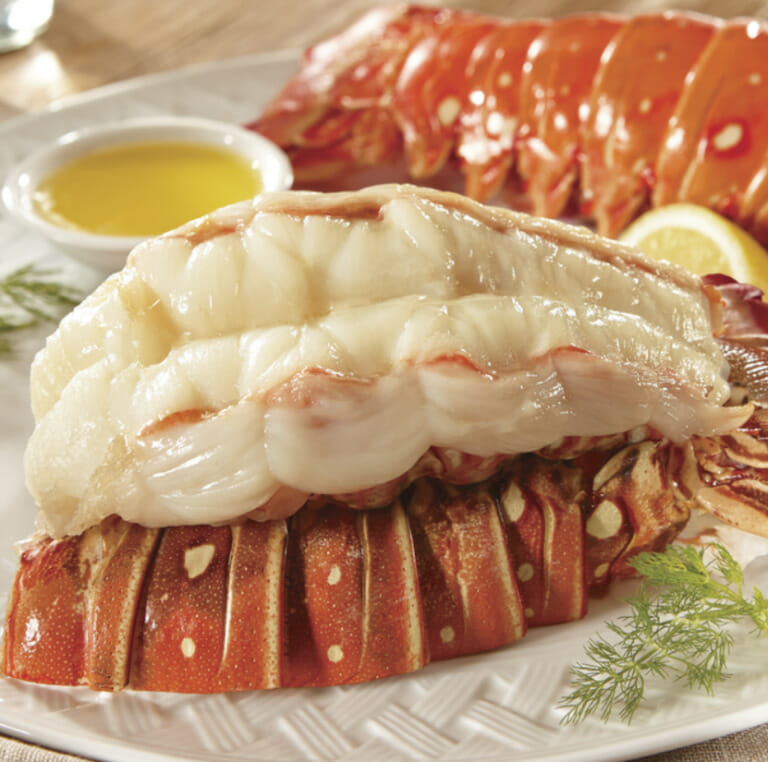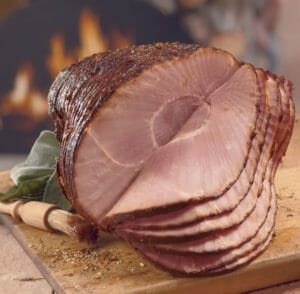Dry Rubs for Ribs and Other Meats
Need a dry rub recipe for pork ribs, chicken…even for steak? Learn how to give your favorite meats a flavor massage.

Previously we showed you how to marinate steak and other meats, adding flavor impact while improving texture and tenderness. Marinades are perfect for tougher cuts of meat (like chuck, round, flank and skirt steaks), especially the flatter cuts that can be thoroughly permeated.
Rubs, or dry marinades, are mixes of dry seasonings that add flavor but don’t have the acid element to tenderize. A rub will form a savory crust on the meat that helps seal in juices, and even though it usually contains plenty of salt—which tends to draw moisture from meat—the salt also allows surface and interior fats to melt while the meat is cooking. Because of this action, rubs are more useful for large cuts of meat such as briskets and pork butts.
Unlike a shake-on seasoning, a rub is patted generously all over the meat’s surface. And despite its name, it is patted gently; don’t rub hard. Rubs can be applied just before cooking, but for more flavor you can apply them a few hours before you plan to cook. (Of course, you always store meat in the fridge as the flavors are developing.)
Basic Dry Rub Recipe
The reason you can use a rub so generously is that a rub is not concentrated with highly flavorful spices; the spices are heavily buffered with more neutral ingredients that actually do most of the work: salt and sugar. Generally speaking, a higher salt content is best for beef, fish and game, while a more sugary rub is better for pork. These are the elements typically found in a dry rub recipe:
- Salt: Most chefs prefer additive-free salts like coarse kosher salt or sea salt, which tends to be fine-grained. Salt adds flavor and also draws fluids (mostly water) to the surface of meats.
- Sugar: Brown sugar, which is simply white sugar combined with molasses, adds color and flavor to barbecue. Sugar also caramelizes, and enhances the Maillard reaction (browning) when it combines with the denatured proteins (amino acids) on the meat’s surface. Any sugar will scorch at hotter temperatures, which is why you should only use it when smoking or slow grilling.
- Pepper: Both Piper nigrum (black pepper) and capsicums (chile peppers) add heat to balance the salty and sweet flavors. Black pepper (and white pepper, which is black pepper with the skin rubbed off) provides background warmth, while cayenne and other chile products deliver instant, up-front heat.
- Blending spices: Milder spices such as garlic and onion powders, paprika, cumin, and chili powder bring the heat, sweet and salt all together. Cumin is an earthy-tasting seed; paprika is ground from dried sweet peppers, and chili (with an “i”) powder is a blend of chile (with an “e”) peppers, cumin and other spices used for making chili. Confused? Don’t be. Chili powder is great for beef, pork, lamb and wild game; paprika and cumin are best for beef, pork, poultry, fish and seafood. Garlic and onion powders are great with all of the above.
- Specialty herbs and spices: Coriander, dill, ginger, mustard powder, oregano, rosemary and thyme add unique flavors to bring out the best in specific meats.
This all-purpose dry rub incorporates all of the elements: salt, sugar, pepper and blending spices. You can use this as a basic pattern and add specific flavors to adapt it to other meats or to your own tastes. It makes just over ½ cup, which may seem like a lot, but is about right for 2 large racks of pork ribs.
2 tablespoons kosher salt
1 tablespoon brown sugar
1 tablespoon cumin
1 tablespoon paprika
1 tablespoon chili powder
1 tablespoon garlic powder
1 tablespoon onion powder
1 teaspoon black pepper
1 teaspoon white pepper
1 teaspoon cayenne pepper

Dry Rub for Pork
As mentioned above, a more sugary rub is generally preferred for pork. Using the above rub as a starting point, increase the brown sugar to 2 tablespoons or even ¼ cup…but only if you’re cooking it slowly. This will create a beautiful restaurant-quality pork roast.
Add some ground coriander and mustard powder, some ginger for an Asian accent or thyme for something more Mediterranean.

Dry Rub for Chicken
Usually, seasonings that work for pork also work for chicken…but where pork loves sugar, chicken—especially the skin—loves salt. Returning to the basic dry rub pattern, add rosemary and thyme for Mediterranean flavor, coriander and ginger for Asian/Indian or coriander and dill for Greek, or double the chili powder for a Southwestern kick.
Dry Rub for Steak
Yes, steak purists are howling in agony right now…but sometimes you want a little variety. Plus, a rub is only on the surface, and helps seal in juices. For a thinner steak you’ll really only want to shake it on; for a thick aged filet mignon, go ahead and apply with abandon. Also, since you’ll be searing your steak rather than cooking it slowly, you may not want the sugar. Using the basic dry rub recipe, substitute ground coriander for the cumin, smoked paprika for plain, and 2 teaspoons dry mustard for the white and cayenne peppers, then increase the black pepper so it looks something like this:
2 tablespoons kosher salt
1 tablespoon brown sugar (optional)
1 tablespoon cracked black pepper
1 tablespoon coriander (cracked from seeds)
1 tablespoon smoked paprika
1 tablespoon chili powder
1 tablespoon garlic powder
1 tablespoon onion powder
2 teaspoons mustard powder
For a Mediterranean-inspired flavor, eliminate the chili powder and add a teaspoon each of oregano and thyme. Or, of course, if you’re still not sold on the concept of dry-rubbing your steak, simply sprinkle on a good steak seasoning.
Next, we’ll explore things to add after your entrée is cooked: finishing sauces.



